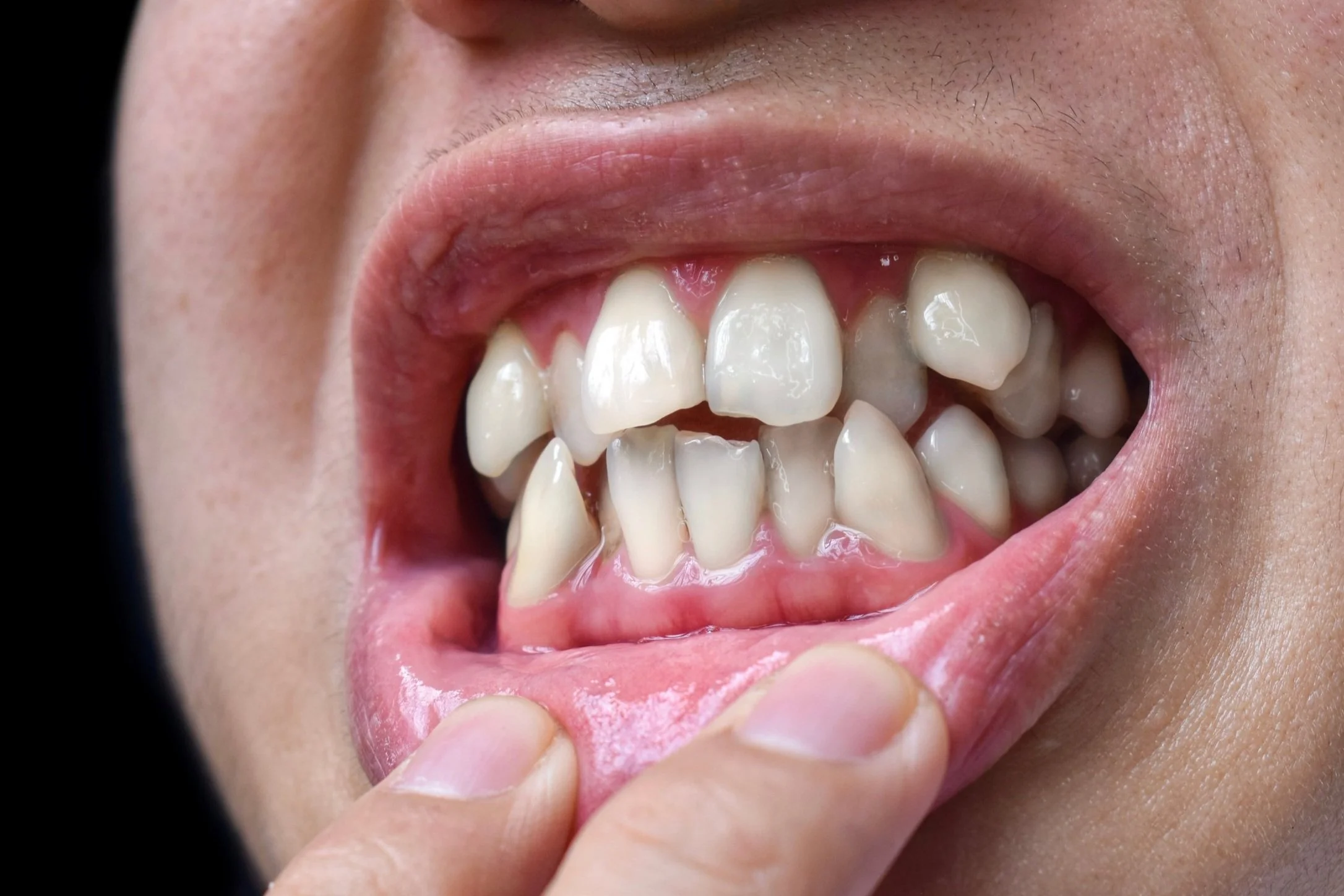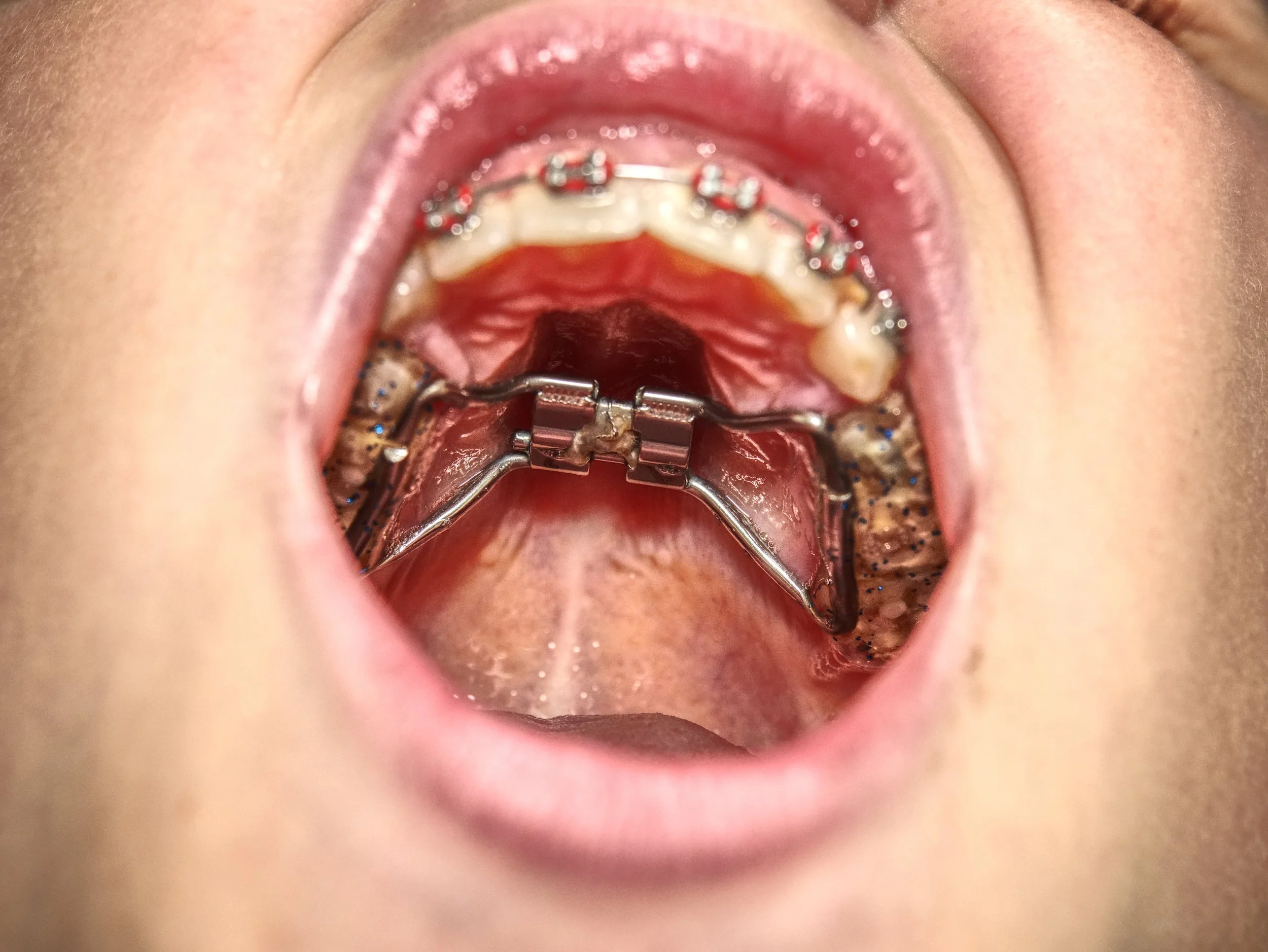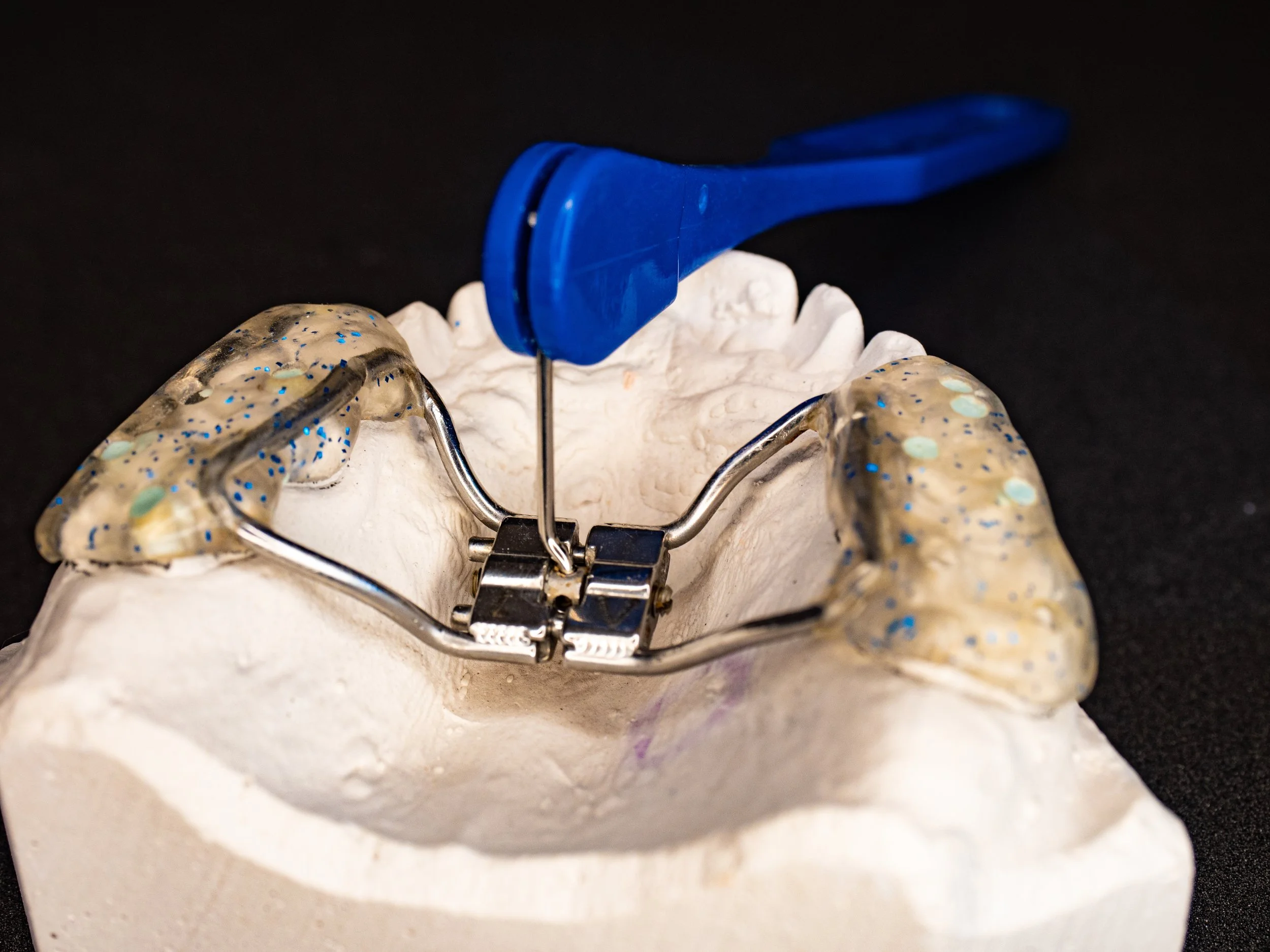What Is A Palatal Expander?
When I was a kid, I had more teeth than my mouth knew what to do with. Simply put, the size of my mouth was too small to accommodate all my developing permanent teeth. The solution was straightforward: with the exception of the wisdom teeth, the dentist would wait until all my permanent teeth erupted. At that time, if my jaw hadn’t grown sufficiently to house my teeth, then certain teeth would be extracted to make room.
What’s wrong with waiting and extracting teeth as necessary?
Waiting until age 12-14 when the majority of the permanent teeth have erupted may have repercussions.
Children are not the most conscientious brushers and a mouthful of crowded teeth make hygiene more difficult. Poor brushing can result in multiple cavities.
If a front tooth is sticking out, there’s the risk of tooth breakage in any accidental fall or athletic incident. The tooth can even get knocked out completely.
With an extraction, the facial profile may become flatter. Depending on how full the profile is to begin with, the midface area may appear sunken.
Once a permanent tooth is extracted, that’s one less tooth for you to use throughout your lifetime.
Today there are alternatives so permanent teeth may not need to be extracted.
Palatal expander
The palatal expander is a device that takes advantage of skeletal growth. Similar to the soft spots in a baby’s skull that allows the brain and skull to increase in size together, there is a suture separating the right and left sides of the upper jaw (maxilla). This maxillary suture doesn’t completely fuse until around age 14-15 in females and age 15-16 in males, making it possible to widen the upper jaw and create more space for the developing permanent teeth.
The expander sits on the roof of the mouth. It is either firmly attached, or fixed, to a couple permanent teeth or removable, meaning the device can be taken out of the mouth as desired. Depending on the situation, a fixed expander may be preferable to prevent misplacement or loss and to encourage maximum use.
With a key, the device widens incrementally as the key is periodically turned. This places pressure on the jaw and causes it to separate and expand.
The expander is very well tolerated by children as young as six.
While the appliance may look like medieval torture, it is in fact easy to wear. Children may even forget they have this device in their mouth. Oral hygiene may be more difficult and a water pik or water flosser can help remove trapped food particles.
Besides making room for crowded teeth, expanders can be used for other purposes. Widening the jaws can create needed space for large tongues or tonsils, thereby maximizing airway space.
The palatal expander is ideal for children and adolescents. But once the maxillary suture hardens and fuses, expansion becomes much more challenging and other methods may need to be considered.
If you’re an adult, be careful if your dentist suggests a palatal expander.
Expanders are currently being used to treat obstructive sleep apnea and temporomandibular joint (TMJ) disorders in adults in an effort to reshape the jaw. However, according to the FDA, “the safety and effectiveness of these devices intended for these uses have not been established, and these devices are not cleared or approved by the FDA.” In other words, serious complications and adverse outcomes may occur.
Consult with knowledgeable and experienced professionals, get a second opinion, and proceed cautiously.





